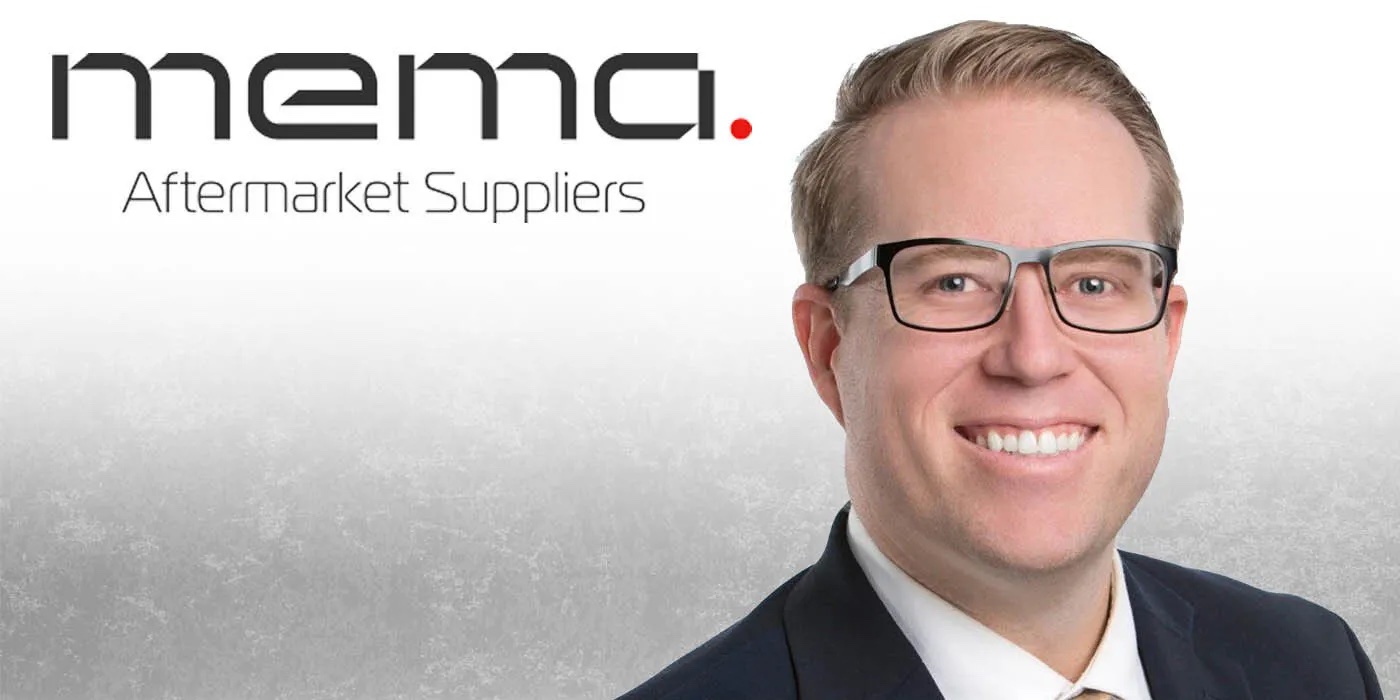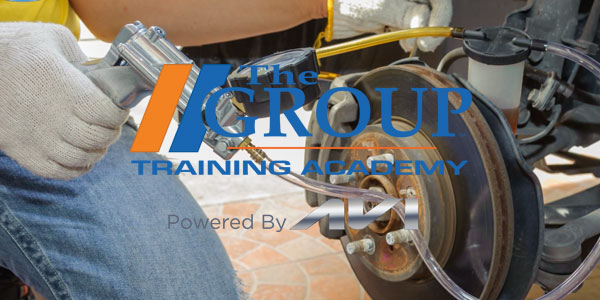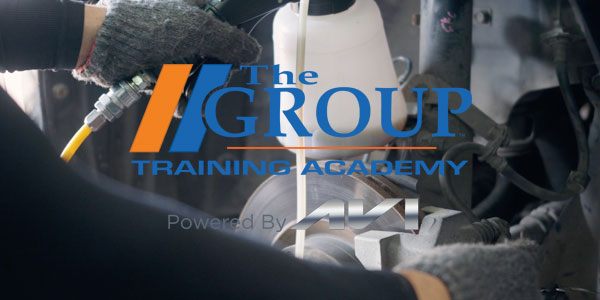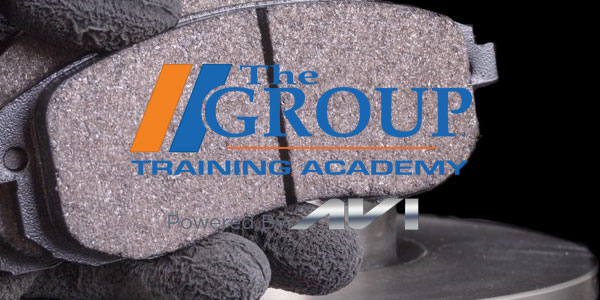Copper has been used in many nonasbestos organic (NAO) and ceramic friction formulas since the 1980s to help dissipate heat. Copper is a good conductor of heat but ceramic fibers are not. To improve the heat transfer characteristics and fade resistance of NAO and ceramic friction materials, many brake manufacturers have used a small amount of copper in their brake pads (often less than 10 percent but as much as 20 percent in some formulas). Copper is typically not used in most semi-metallic friction materials because steel fibers conduct heat well and can handle high brake temperatures.
The problem with copper is that it has been labeled an environmental pollutant. As brake pads wear, they produce brake dust. Tiny particles of copper in the dust can be washed from roadways into lakes and streams by rainfall. Environmental studies have shown that copper can be toxic to aquatic life.
In 2010, California passed a law calling for a reduction of copper content in brake friction to less than 5 percent by 2021 and .05 percent by 2025. Washington state passed similar legislation in early 2011. Other states are considering similar rules.
In response to this legislation, brake manufacturers that have been using copper in their friction materials have developed new, low-copper and copper-free brake pads. Most brake manufacturers are way ahead of the deadline and have already introduced their new reduced copper product lines to the aftermarket.
Many of these new reduced-copper and copper-free friction materials actually perform better than the last-generation friction materials they replace. Improvements include better stopping power (up to 40 percent better fade resistance), improved wear resistance, reduced dusting and noise (up to 35 percent quieter).
Finding ways to reduce copper in existing friction materials led to new ways to improve overall braking performance. Thus, consumers get not only a new generation of environmentally-friendly friction materials but a significant stepped-up braking performance. Most consumers who have had the new reduced copper pads installed on their vehicles report a noticeable improvement in how well their brakes perform. Repair shops are also seeing fewer comebacks.
Pads that meet the new low-copper requirements are being certified by the Automotive Manufacturers Equipment Compliance Agency (AMECA). Ratings include “A”, “B” and “N” edge codes. Each edge code represents a different level of compliance for various contaminants in the friction material. These include copper (Cu), asbestos, chromium (Cr), lead (Pb), mercury (Hg) and cadmium (Cd). Those that meet the highest rating “N” contain less than 0.50 percent copper and no asbestos, chromium, lead, mercury, cadmium or antimony.
New “Leaf Marks” started appearing on some brake pad packaging in January 2014 to indicate the compliancy level of the product. This mark gives consumers and technicians the ability to tell at a glance if the pads are environmentally compliant.










